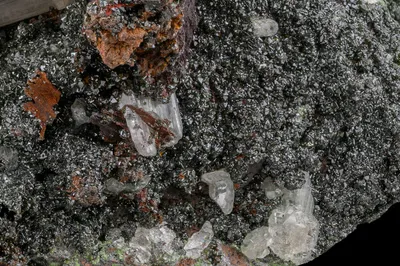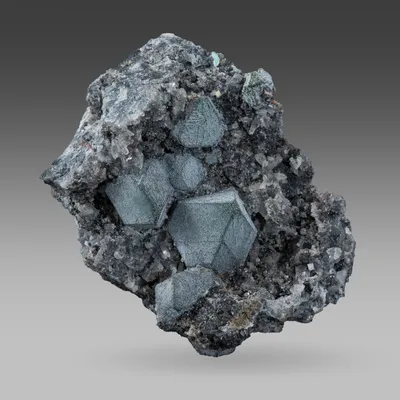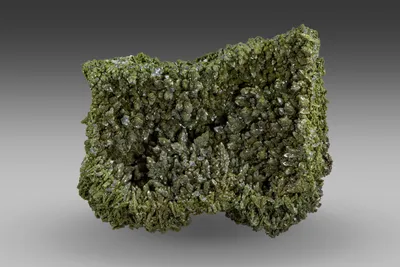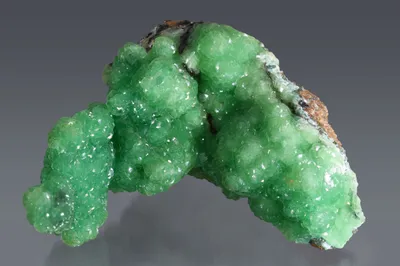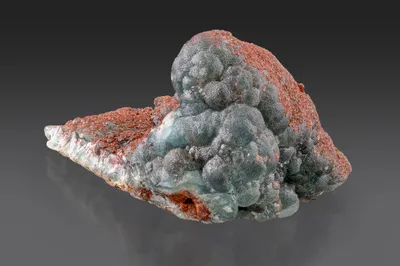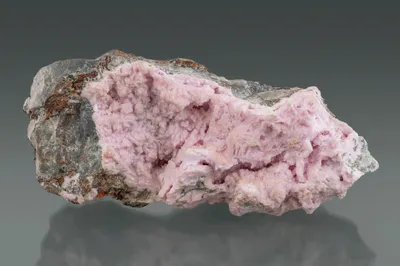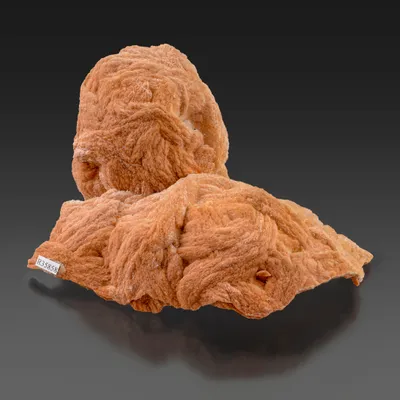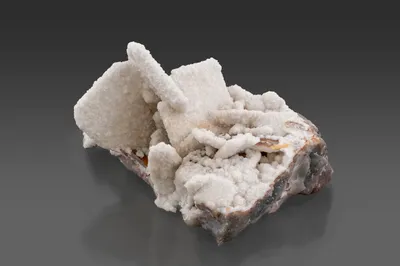Mineral Species
dolomite
Type Locality
No
Composition
CaMg(CO3)2
Crystal System
Trigonal
Status at Tsumeb
Confirmed
Abundance
Very common
Distribution
First, second and third oxidation zones; sulphide ores; country rocks (dolostone stratigraphy)
Paragenesis
Rock-forming (diagenetic); hypogene; supergene
Entry Number
Species; TSNB109
General Notes
Dolomite is an important component of the carbonate stratigraphy that hosts the Tsumeb deposit (Lombaard et al. 1986); in the interest of clarity, the term dolostone is used here to describe these carbonate rocks, while "dolomite" is preferred for crystallised carbonate mineral species of hypogene or supergene origin.
Dolomite commonly occurs as crusts of rhombohedral crystals, white to cream in colour or sometimes tan to reddish-brown. Individual crystals are sometimes saddle-shaped, or present gently curved faces, often with a rough surface texture. Nevertheless, dolomite can be difficult to distinguish visually from calcite or from smithsonite.
Dolomite colour is strongly influenced by the presence of transition metals in solid solution. These include copper and zinc (with a tendency to cause green or bluish-green colouration); cobalt and manganese (with a tendency to cause various shades of pink). Hurlbut (1957b) recorded Tsumeb dolomites containing nearly 5% zinc, and nearly 9% lead.
Pinch and Wilson (1977) noted that dolomite accounts for a significant proportion of the gangue material in the Tsumeb deposit, commonly forming white to cream crusts of crystals and often associated with quartz.
Keller (1984) observed that dolomite usually pre-dates calcite in parageneses that include both minerals.
Epimorphous "casts" or "moulds" of dolomite, after calcite (and possibly other minerals) occur in both the first and second oxidation zones and make for unusual and sometimes attractive specimens (Southwood and Robison, 2016). These shell-like accumulations commonly show signs of compositional zoning and evidence of multiple phases of crystallisation, brecciation and dissolution.
Pseudomorphs
Dolomite is reported to form pseudomorphs after the following minerals: aragonite (v. tarnowitzite; rare); azurite (rare, as epimorphs); calcite (common, often as epimorphs); cerussite (rare, as epimorphs); tennantite (common).
The following minerals are reported to form pseudomorphs after dolomite: bayldonite (rare); duftite (rare).
